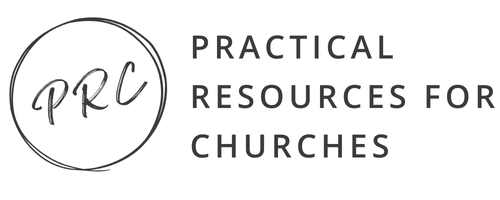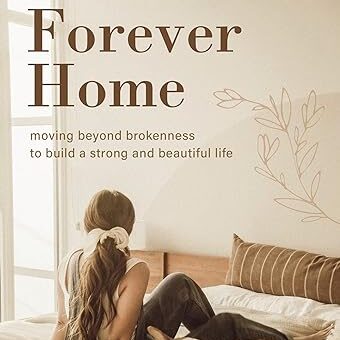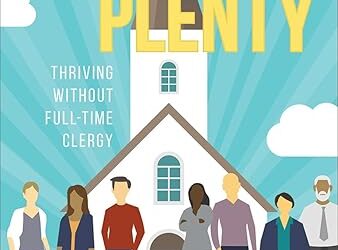There was an episode of The Big Bang Theory where Penny accidentally shot Sheldon’s favorite couch cushion with a paintball. Penny winds up taking the cushion to the dry cleaner, and Sheldon has a hard time adjusting to a different seat while he waits for its return. When it is done, he sits in utter bliss, declaring that he was home. It may seem odd that little things like cushions equal home to humans, but when we get down to it, comfort and familiarity are the essence of home. Comfort and familiarity with others, as well as comfort and familiarity with special items are the building blocks of who we are. What happens when those building blocks are cracked, shifted, or worse? This is what Anh Lin explores in her book, Forever Home; Moving Beyond Brokenness to Build a Strong and Beautiful Life.
Forever Home opens with an introduction titled The Demolition. In it, the author lays out what her early years were like and how they formed her understanding of the world. Through the rest of the book, organized into sections titled Foundation, Framing, Inspections, and Adorn, we read about how the author explored how to heal from the brokenness of her younger years and lay the foundations for growth. Each chapter explores the topics more deeply, winding down with a section to help the reader process the information, apply it to their lives, and work it into their prayer lives. The tone is conversational rather than prescriptive and judgemental, making it a softer and more compelling read.
This book has some varied uses for your ministry. It would be a lovely addition to a church library for people to self-select and read as they feel called. It could be a good selection for a women’s group or even a mixed group adult book study. Since each chapter ends with reflection questions and prayer prompts, it would be simple for a leader to pull conversation questions for a group session. For such a time as this, when people are exploring how brokenness as affected their day to day lives, especially while processing relationship shifts through the pandemic, this book has a place on your resource shelves.





0 Comments